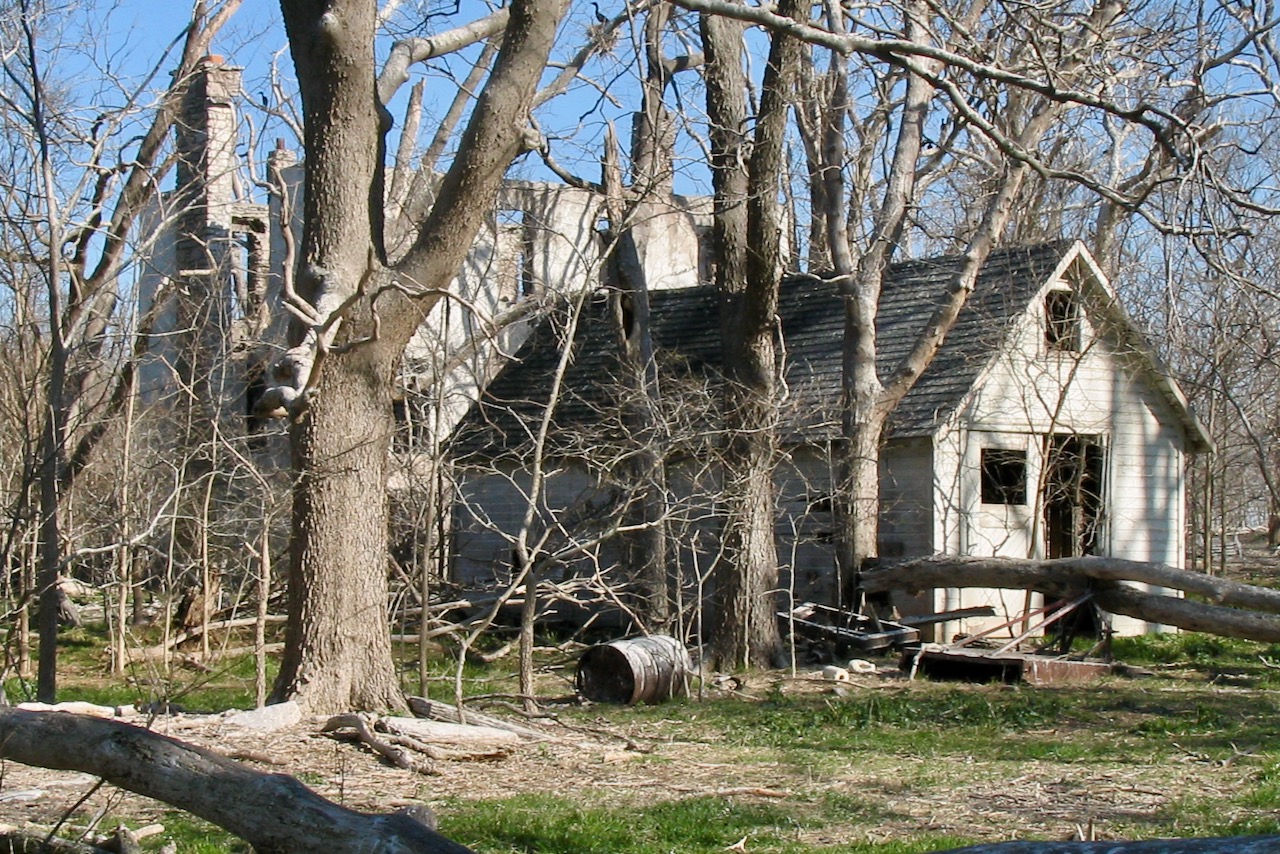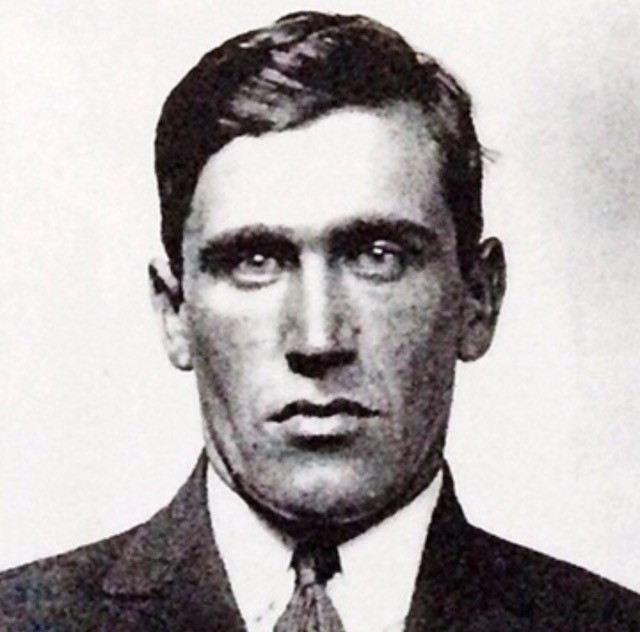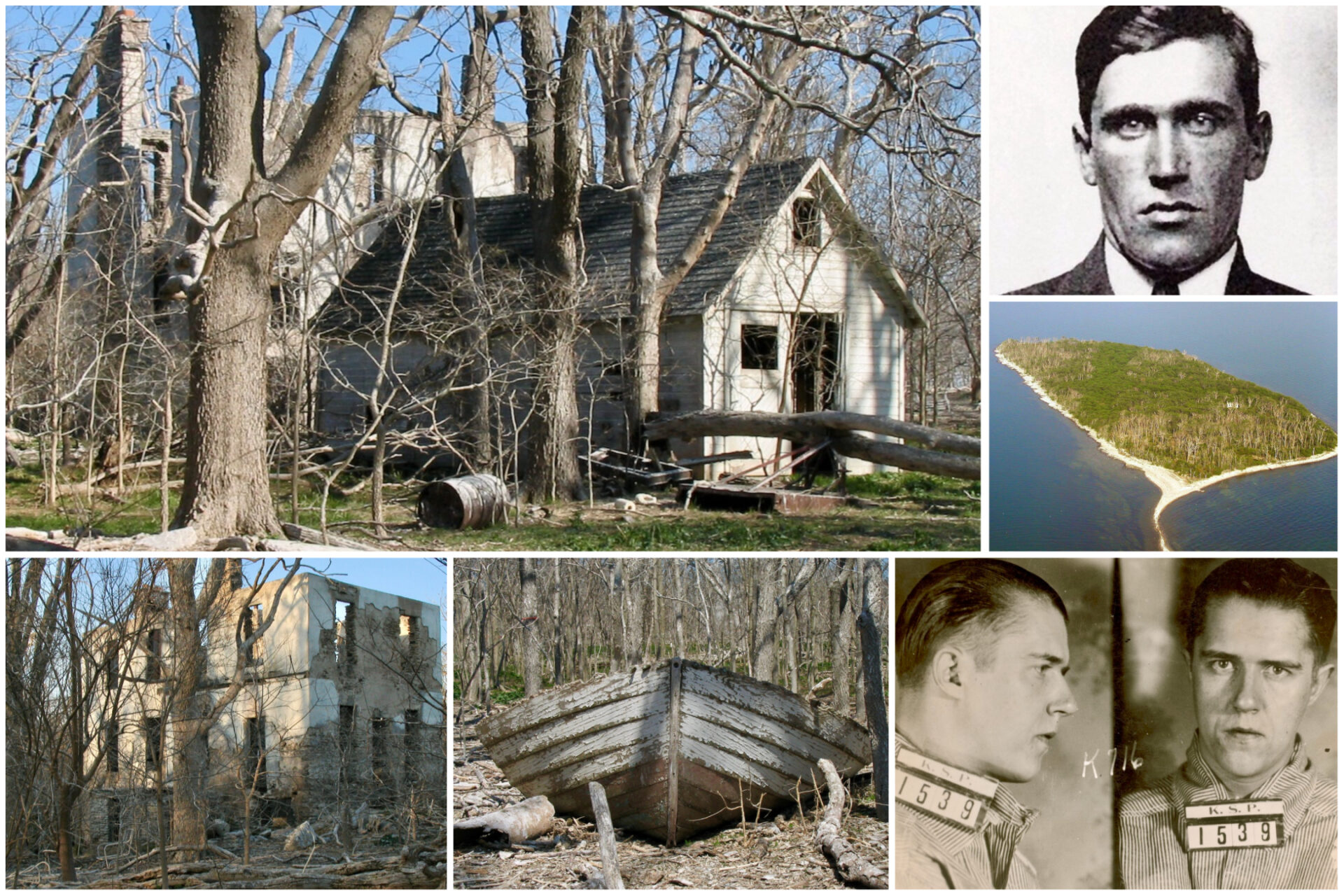GANGSTER GETAWAY
Now a nature preserve, Lake Erie’s Middle Island hides a notorious past as a key rum-running centre, complete with a luxury fishing lodge and casino
Advertisement

The waves crash upon the limestone shores of Middle Island, a small, woody 18.5-hectare speck of land in Lake Erie, lying a mere half-kilometre from the U.S. border. Sitting atop a rocky shoreline outcropping, the rotted-out hull of a long-forgotten fishing boat overlooks the aquamarine shallows. Nearby, an old car, brought over back when the lake would freeze solid, is slowly being reclaimed by Mother Nature. And just inside the treeline, you’ll find the ruins of the once great Lake Erie Fishing Club, founded by Italian-American gangster Joe Roscoe from Toledo, Ohio. While some fishing definitely took place at the resort on Canada’s southernmost point of land, it mainly served as a notorious destination for lavish parties, a cover for illicit activities and a strategic waypoint for rum-running during Prohibition (see “The dry years”).
When the U.S. began its nationwide ban on booze in 1920, it wasn’t long before organized crime and gangsters such as Roscoe began to ship alcohol across Lake Erie from Canada. Knowing the vulnerability of the maritime border, and the fearing the lake’s strong storms, they also started looking for suitable locations for safe houses. That’s when Roscoe built his sanctuary on Middle Island, conveniently located just 500 metres from the U.S. border yet still in Canada, where manufacturing and possessing alcohol was largely legal.
Advertisement
It’s not that the area didn’t already have a fishing history. Back in the early 1900s, the area was regarded as the “Fresh Water Fishing Capital of the World,” renowned for its plentiful walleye, lake sturgeon, whitefish, ciscoes and now-extinct blue pike. The fishing continued year round, with local recreational anglers modifying their cars with large skis during winter, pulling sleighs, and using other creative do-it-yourself inventions to shuttle people and gear across the ice to various ice-fishing honey holes.

In fact, it was the area’s fishing history, along with the island’s strategic location, that purportedly attracted Roscoe. A gangster in every sense of the word, he rose to the top of the criminal world by smuggling large quantities of contraband into the U.S. and running lavish illegal gambling operations in the early years of Prohibition. Described by FBI director J. Edgar Hoover as “the reputed gambling king of Toledo,” Roscoe had a criminal rap sheet spanning many years.
He certainly recognized the immense opportunity Middle Island afforded. A haven from storms, it was located safely in Canadian waters but close to a multitude of U.S. ports. Even better, it allowed Roscoe to operate hidden from suspicious government bodies under the guise of a recreational fishing club, something the area was already famous for. But behind the facade of fishing boats, nets, tackle and bait, he built a sophisticated smuggling operation of the highest order.
Advertisement
Roscoe’s criminal compound boasted staff houses, docks for fishing boats, maintenance sheds, and even an airstrip, but the main attraction was the hotel and casino. It comprised a lavish seven-room mansion, complete with electricity, running water and grandiose architecture adorned with extravagant art and decor. The focal point and main attraction was the basement, carved out of solid limestone, with a casino fit for the Vegas strip. Roulette, slot machines, cards and craps were apparently the favourite games of the day. Former groundskeeper Thomas McCormick recalls the building still had the craps table sitting in the basement when he worked on the island in the 1970s. “It was a beautiful place,” he says.

